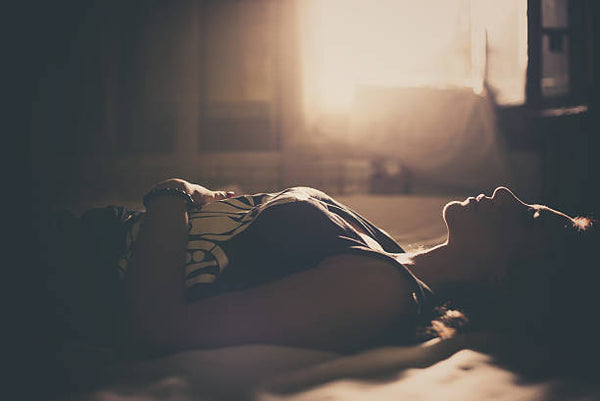Winter And Seasonal Affective Disorder January 24 2018, 0 Comments
A lot of people truly believe that January should be declared No-Work month and, to be honest, I do not blame them for feeling this way.
January is not only midwinter period, but Seasonal Affective Disorder seems to peak during January and February.
SAD or Seasonal Affective Disorder is a cyclical form of depression that is more pronounced during winter, earning it the nickname winter depression.

The general symptoms of SAD include:
- A persistent low mood
- Lethargy and a lack of energy
- Increased need for sleep at night with sleepiness during the day
- Increased appetite and cravings for carbohydrates
- Feelings of worthless, hopelessness and even suicide ideations.
While some people think that SAD is due to a mood come-down after the highs of the festive period of December, Christmas and New Year celebrations.
I do not believe that this is the case because SAD is extremely rare in tropical countries and yet they also celebrate Christmas and New Year.
In actual fact, SAD is due to the following:
- Increased production of melatonin, the sleep hormone, in the body and this could be due to the longer, darker days.
- Circadian rhythm - this is your body's internal clock, which performs certain bodily functions in response to light levels. So, winter's lower light levels can disrupt this internal clock.
- Reduced production of serotonin, the happy hormone. Lower light levels and a reduced amount of sunshine during the day can affect the body's production of serotonin, leading to depressive states.
SAD can seriously affect your productivity at work, concentration at school and reduce immune function and increase your susceptibility to colds and flu.
As a result, it is important to treat and manage this disorder.
Some forms of treatment can include getting a prescription for antidepressants from your doctor, but antidepressants can be difficult for your body to adjust to and even more difficult to wean off.
Another form of treatment is talking therapy, such as CBT (cognitive behavioural therapy) and counselling. However, not everyone has the time, resources or money to receive therapy sessions.
A natural form of treatment includes managing your stress level, exercising for 30 minutes 3 times a week minimum, getting adequate sunshine during the day and adding Vitamin D supplements to your daily diet.
One of my favourite and fast acting form of treatment is light therapy. Natural light during winter can be very low and erratic.
This Wake-Up light below is not just an alarm clock, but also features the following:
- Sunset and Sunrise simulation, which will reset your body's internal clock.
- Six nature sounds, which will reduce stress levels, increase serotonin levels and even boost brain function and productivity.
- Seven colours and 10 levels of light brightness, which means it can not only be used as an atmosphere lamp, but it also stops your eyes from hurting when you wake up, like a bedside lamp does.
You can read more about the features and benefits of this lamp HERE
🌱 🌻 🌱

